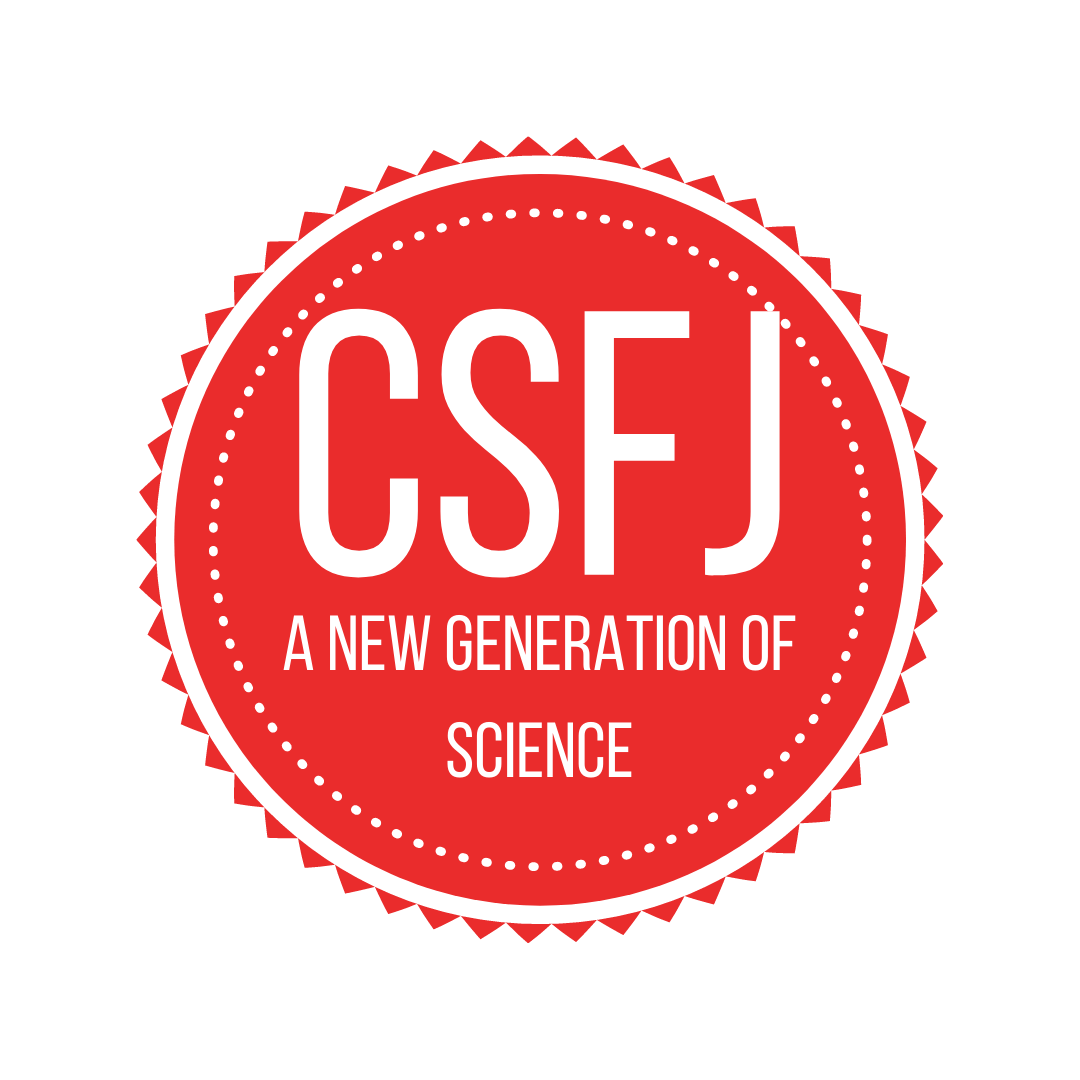July 2020
Volume 2 Issue 7 is here!
Read on to learn more about migratory bird species, student behaviour problems, invasive species, microplastics in the St. Lawrence, and more!
By: Ada Wang, Jessica Wu, Raven Boss, Camelia Ursu, Altamish Bukhari, Mehul Gupta, Sunand Kannappan
Low-grade glioma (LGG) forms in the glial cells of the brain (Batchelor, 2006) and comprises roughly 80% of malignant brain tumors. It is known that the genetic cascade associated with the progression of LGG is linked to several genes (including the CALM3, SHC1, SHC2, PRKCB and ARAF genes) (KEGG, 2019). While these genes have been identified in the development of the initial cancer, the prognostic value of these genes is unknown.
by: Phoebe Yu
This study investigates students with behavioral problems at both home and school, as they may behave differently across different environments. The second aim of this study is to build a predictive model for student behavioral problems at home or school using artificial neural network and compare its performance to a logistic regression model
By: Lauren McGrath
The small size and extensive presence of microplastics allows them to penetrate many different organisms commonly consumed by humans. This study aimed to investigate and compare the levels of microplastics in blue mussels (Mytilus edulis) and eastern oysters (Crassostrea virginica), two bivalve species, sourced from the Southern Gulf of St. Lawrence which were being sold for consumption.
By: Raphael Kelly
Around the world, many migratory bird species are sensitive to changes in their breeding and wintering locations, such as those caused by global warming. Migratory birds are reliant upon the stopover locations in their corridors for food and rest during their journey. Understanding the migratory patterns of various populations through animal tracking can reveal information for conservation purposes.
By: Ishan Herath
Vincetoxicum rossicum or “Dog-Strangling Vine” (DSV) is a highly invasive plant species in Canada that produces and accumulates phenanthroindolizidine alkaloids (PIAs) that are biologically active and induce numerous physiological effects which are of potential use in the medical field. The purpose of this project was to investigate how to produce compact cell calli from DSV explants to determine their potential as a model system for studying the alkaloids of this plant and the biosynthetic pathways in which they are involved.






